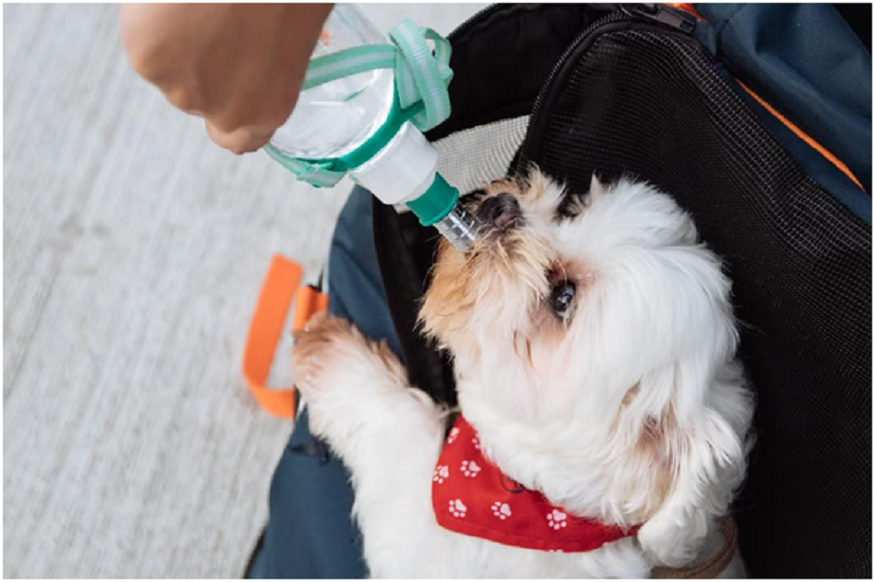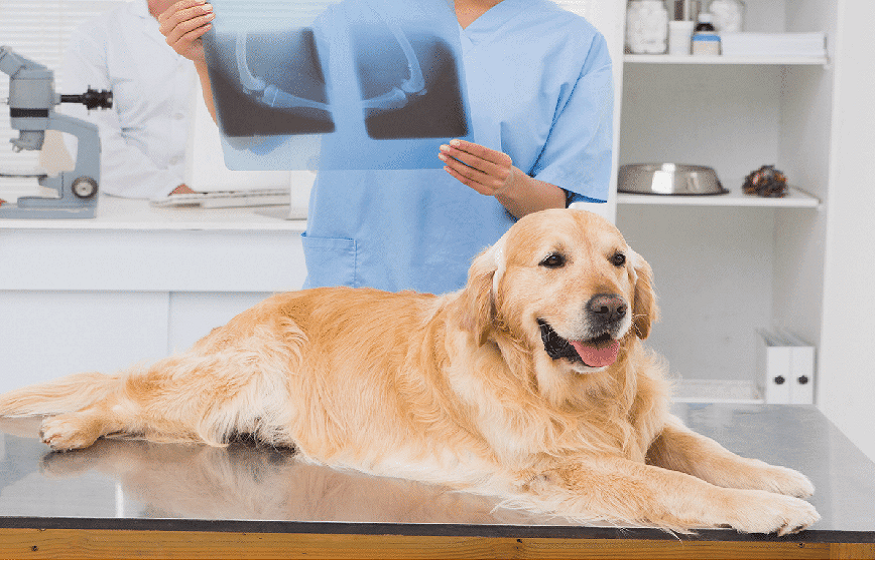Rabies is a deadly viral disease that affects both animals and humans, and once symptoms appear, it is almost always fatal. Thankfully, rabies is completely preventable with timely vaccination. For dog owners, understanding how long a rabies vaccine lasts and when boosters are needed is essential for keeping pets—and people—safe.
Here are five important points every dog owner should know about rabies vaccination.
Initial Rabies Vaccination is Typically Given at 12 to 16 Weeks
Puppies usually receive their first rabies vaccine between 12 and 16 weeks of age. This timing ensures their immune system is mature enough to respond effectively to the vaccine. In some regions, it’s also a legal requirement to vaccinate dogs by a certain age.
The first rabies shot provides immunity, but it doesn’t last forever—this is why keeping up with boosters is so important. Your vet will provide a vaccination certificate, which you should keep for travel, boarding, or licensing purposes.
Booster Shots Are Required to Maintain Immunity
After the initial vaccine, a booster is generally required within one year, regardless of the dog’s age at the time of the first shot. Following this, depending on local laws and the specific vaccine used, boosters are administered every one to three years.
Some vaccines offer three-year protection, while others are only effective for one year. It’s crucial to follow your vet’s guidance and stick to the recommended schedule to ensure your dog stays protected throughout its life.
Pet Vaccinations Are a Core Part of Preventive Care
Rabies isn’t the only disease that requires vaccination. Core pet vaccinations typically include distemper, parvovirus, adenovirus, and, of course, rabies. These vaccines are vital for a dog’s long-term health and are usually given in a structured schedule throughout puppyhood and into adulthood.
Rabies vaccination, in particular, is not only important for your dog’s safety but is also required by law in many regions. Maintaining up-to-date vaccination records is a responsible part of pet ownership and helps ensure your pet’s health while also contributing to public safety.
Monitor for Side Effects After Vaccination
Most dogs tolerate the rabies vaccine well, but like any medical treatment, there may be mild side effects such as soreness at the injection site, tiredness, or a slight fever. These symptoms typically resolve within a day or two.
Always monitor your dog closely after a vaccination and consult your vet if you notice unusual behaviour, swelling, or difficulty breathing. Being aware of your dog’s response helps ensure safe and effective immunisation.
Keep Vaccination Records Current and Accessible
Always keep your dog’s vaccination records updated and in a safe place. Whether you’re travelling, visiting the groomer, or enrolling your dog in a training class, proof of rabies vaccination is often required.
Digital backups can be helpful in emergencies or vet visits. Keeping accurate records ensures that your dog receives boosters on time and stays legally compliant with local regulations.
With proper vaccinations and timely boosters, you can ensure your dog stays protected from rabies and enjoys a healthy, happy life.




